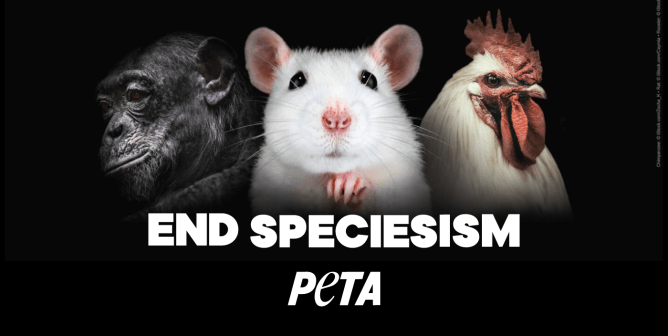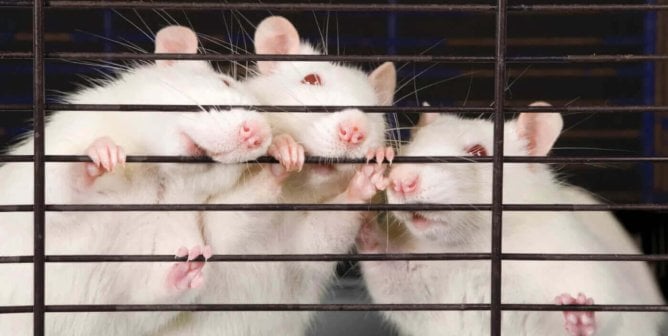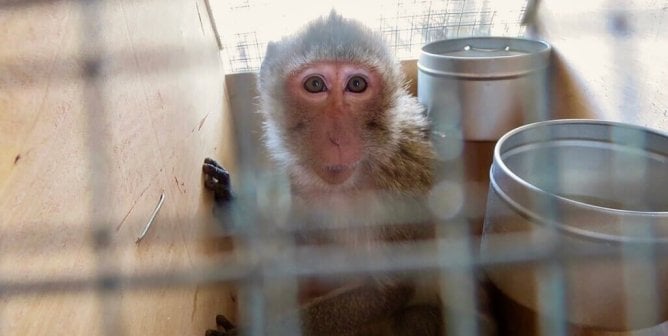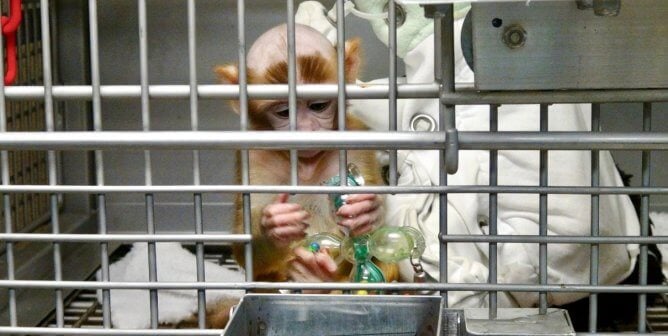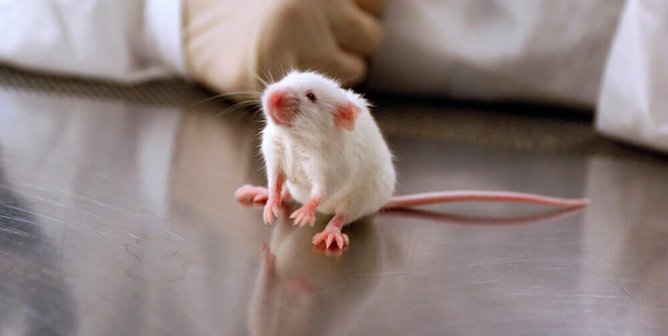Skin Sensitization
Skin sensitizers are substances that cause allergic reactions after repeated exposure to the skin.
A number of government agencies require or request the submission of skin sensitization data before products, such as cosmetics, pesticides, and pharmaceuticals, are brought to the market. In the U.S., these agencies include the Consumer Product Safety Commission, the Environmental Protection Agency, the Food and Drug Administration, and the Department of Transportation.
Animal Tests
The guinea pig maximization test, which is more than 50 years old, involves injecting animals multiple times with a test substance. They’re monitored for signs of allergic reaction, including skin that’s itchy, inflamed, ulcerated, or otherwise painful.
In the murine local lymph node assay, a test substance is applied to the ears of mice, who are ultimately killed so that the lymph nodes near their ears can be removed and their immune response measured. Human-relevant methods that forgo animals altogether have been developed and should be used in place of these animal tests.
Non-Animal Tests
In 2021, the Organisation for Economic Co-operation and Development (OECD)—an alliance of countries promoting international consistency in the testing, labeling, and regulation of chemicals—published an innovative approach for skin sensitization testing of chemicals that does not use a single animal. All 38 member countries of the OECD—including the U.S., the U.K., and European Union member states—must accept this approach for legally required chemical toxicity tests.
This approach combines multiple non-animal tests together into one formal, defined approach to test chemicals for their ability to cause an allergic reaction on the skin. The individual tests used within the approach assess different aspects of skin sensitization. For example, the direct peptide reactivity assay examines whether some of the events required for an allergic reaction occur in response to a chemical in a test tube. Another non-animal test, KeratinoSens, allows a chemical to be added to a layer of human cells that react a certain way if the chemical would cause an adverse reaction on human skin.
These tests spare animals and have been shown to be as predictive of human responses as animal tests—or even more so.

